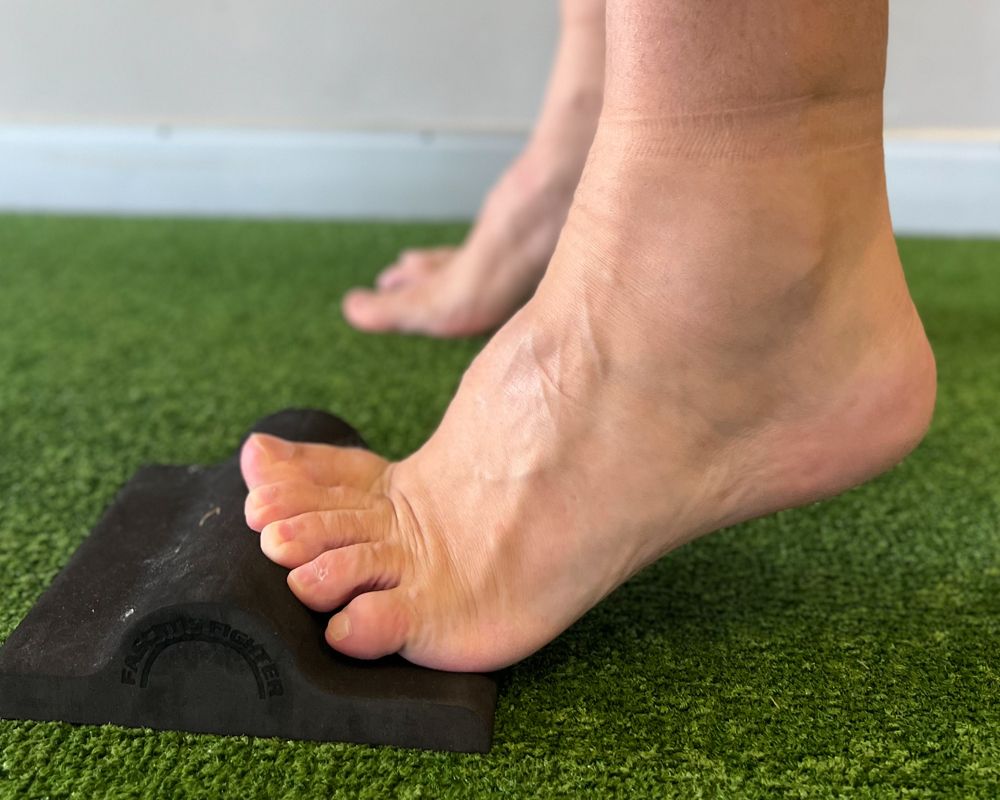The Best Diet Blog
Imagine a diet that reigns supreme above all others. Consider a diet so versatile, it can be easily adjusted to meet any goal. One that allows you to enjoy your food and is so effective that you’ll never feel the need to switch to another diet.
Before we delve deeper, I need to clarify that I’m not a dietician or a nutritionist. My closest brush with a similar qualification is a Certificate 3 and Certificate 4 in Health and Fitness.
This information is derived from my 15-year experience as a personal trainer, during which I’ve helped thousands of people lose body fat, build muscle, and overall, look and feel healthier.
So, what is this diet?
This diet doesn’t have a specific name, and I won’t attempt to coin one. Its simplicity defies the need for a specific title. So for now, let’s just call it ‘this diet’. The name might evoke positive or negative connotations, but that’s inevitable when we try to label something.
Now, let’s break it down.
It all starts with a simple calculation: the total amount of protein to consume each day. Numerous studies propose varying amounts, but most dieticians and nutritionists agree on a range between 0.8g to 2g per kilogram of body weight.
For instance, I weigh 83kg. So, 1×83 = 83g, meaning my total daily protein intake should be around 83g. Adjusting this amount, higher or lower, depends on your specific goals, whether they be fat loss, maintenance, performance, strength, muscle gain, or overall well-being.
Please note that my estimations are based on my experience and should not substitute professional dietary advice. I shoot for 130g at the moment.
Now, let’s move on to your daily caloric target. To determine this, calculate your Basal Metabolic Rate (BMR) – the number of calories you burn each day. You can do this through a DEXA scan, an Inbody scan, or by using an online calculator. Once you have your BMR, adjust your caloric intake according to your goals:
Fat loss, your BMR is your calorie target but never consume lower than your BMR.
Maintenance, BMR 20-30%
For muscle gain or performance, consume 30-50% more than BMR.
With your protein and caloric targets set, that’s it! Your diet is now ready. The means by which you meet these targets is entirely up to you, and I’m confident you’ll see impressive results.
There are no more rules, no more restrictions or foods that you should cut from this diet.
So instead here are some FAQs!
What about carbs and fats? They don’t matter as much as you think. There are successful low carb, high carb, low fat, and high fat diets that all share a common denominator: calories. I once mistakenly recommended a high carb diet instead of a low carb one. The result? The client won an 8-week challenge. This experience taught me that it’s all about personal preference. If you enjoy carbs, don’t go low carb!
What about vegetables? There are extreme diets at both ends of the spectrum. The Twinkie diet, where a professor ate nothing but Twinkies for weeks and still managed to lower his body fat percentage, and the vegan diet, rich in vitamins and minerals but lacking in some areas, which has numerous success stories. My advice? Strike a balance. An 80/20 ratio of healthy to indulgent foods seems to work well for many.
Supplements? That’s a topic for another blog, but I generally recommend the usuals: vitamin C, zinc, fish oils, multivitamins. For those involved in weight training, consider adding protein powder and creatine to the mix!
In essence, ‘this diet’ promotes a flexible, individualized approach to nutrition. It’s not about strict rules but about adjusting your protein and calorie intake to your personal needs. This advice comes from my experience as a fitness trainer, but remember to consult a professional before making major diet changes.
Stay tuned for our next topic: supplements. Until then, keep striving for a healthier, fitter you. Feel free to share your thoughts and questions in the comments below. Your journey to wellness is just beginning!
I hope this blog has shed some light on a more flexible approach to dieting. As always, I appreciate your feedback and questions. Let’s continue this conversation in the comments section below!












